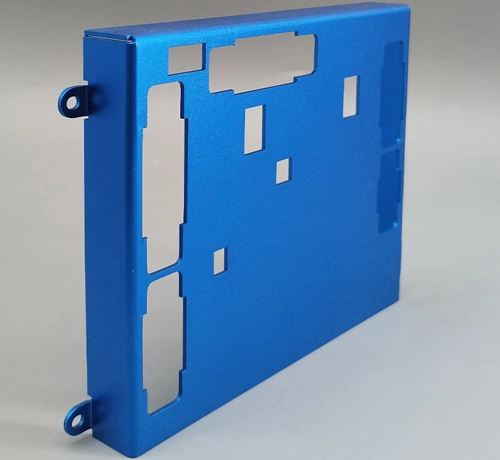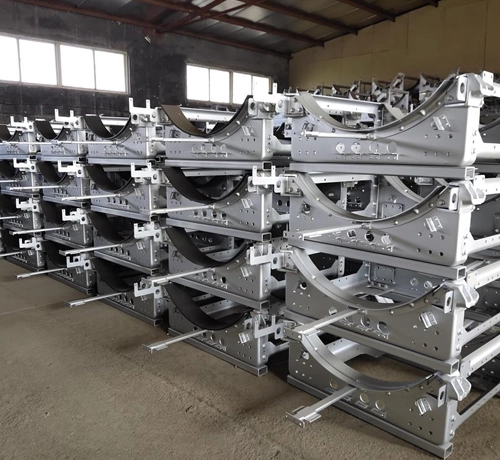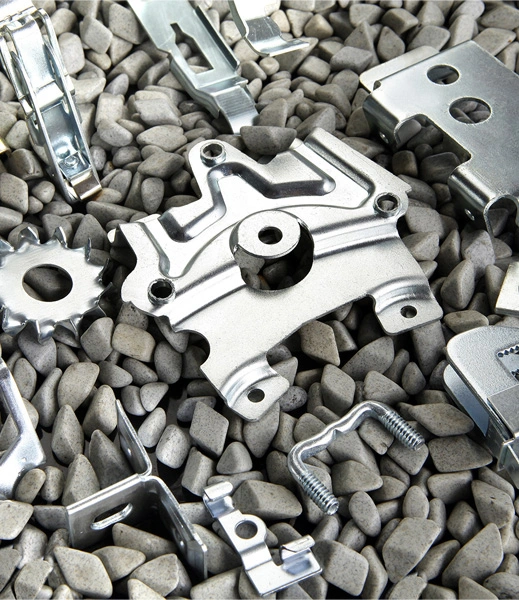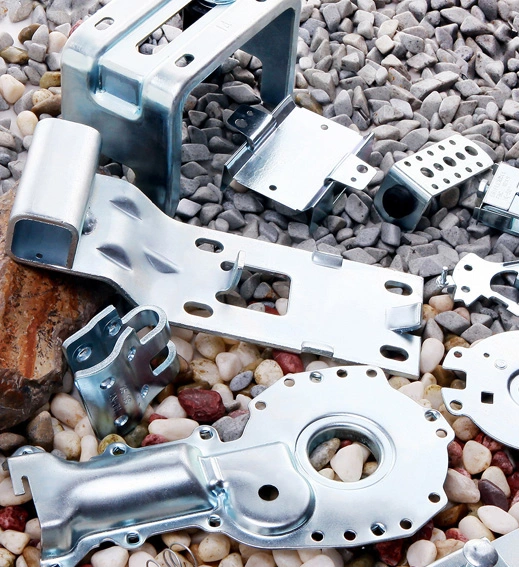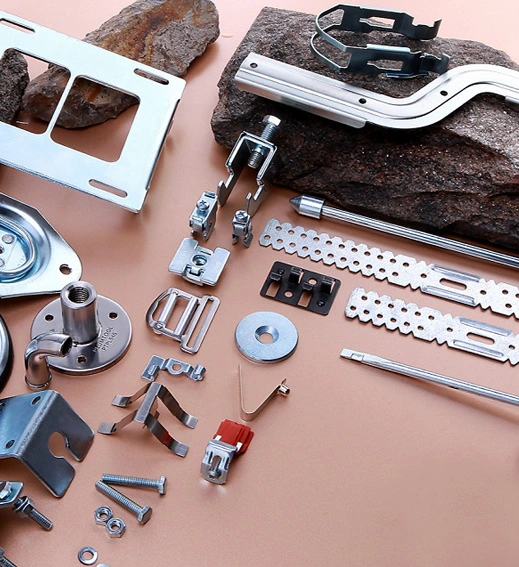
Sheet metal is a comprehensive cold working process for metal sheets, including cutting, punching/cutting/composite, folding, welding, riveting, splicing, forming etc. Its prominent feature is that the thickness of the same part is consistent. Sheet metal parts are widely used in industrial equipment and machinery, such as equipment casings, control panels, heavy equipment components, industrial toolbox frames, etc.

As a professional sheet metal fabrication factory, Shanghai Yixing Technology specializes in various sheet metal processes: laser cutting, sheet metal bending, tube bending, stamping, deep drawing, welding, etc. We can provide simple or complex one-stop sheet metal services to customers around the world. Surface treatments such as powder coating, spray painting, anodizing, electrophoretic painting, mirror polishing, brushing, passivation, cold galvanizing, hot-dip galvanizing, etc. Together with our long-term cooperative surface treatment suppliers, we provide customers with beautiful, wear-resistant, corrosion-proof, and durable appearances for their industrial equipment and machinery.

Our experienced engineers, well-trained workers, and advanced production equipment combined can ensure rapid and stable development of the project. High production efficiency, strict tolerances, and competitive costs are three factors that make us one of the top sheet metal factories in China. Our products are shipped to various parts of the world every day and receive unanimous praise from customers. Many of our new customers are introduced by old customers who recognize our quality and delivery time.

Almost all of the equipment casings/shells are produced using sheet metal technology. The following is the basic production process for sheet metal casings/shells. This process also applies to other industrial equipment and machinery sheet metal products.
The material of the sheet metal shell is usually a thin metal sheet, such as stainless steel, aluminum alloy, etc. Before starting production, it is necessary to prepare the materials, including cutting, straightening, bending, etc.
Make corresponding molds according to product requirements and design drawings. Molds can be divided into punching molds and blanking molds, which are used to process metal sheets into the desired shape.
Place the metal sheet on a punching machine and use the punching die of the punching machine for stamping processing. During the stamping process, the thin plate is processed into the desired shell shape by cutting, stretching, and other operations.
Bend the stamped shell to obtain the desired bending shape. Bending is usually carried out using a bending machine, which can accurately adjust the bending angle according to the requirements on the product drawing.
Assemble and weld the bent shell. Welding can be carried out by manual welding, gas welding, or laser welding to ensure that the joints of the shell are firm and sealed.

Perform surface treatment on the welded casing to protect its appearance and corrosion resistance. Common surface treatment methods include spraying, electrophoresis coating, anodizing, etc. Strictly inspect the quality of the finished shell, including visual inspection, dimensional measurement, strength testing, etc. Ensure that the casing meets design requirements and customer needs.
Strictly inspect the quality of the finished shell, including visual inspection, dimensional measurement, strength testing, etc. Ensure that the casing meets design requirements and customer needs.
Packaging the finished shell that meets the inspection requirements, usually using packaging materials such as cardboard boxes and wooden boxes. Then arrange shipment and deliver the finished shell to the location specified by the customer.

